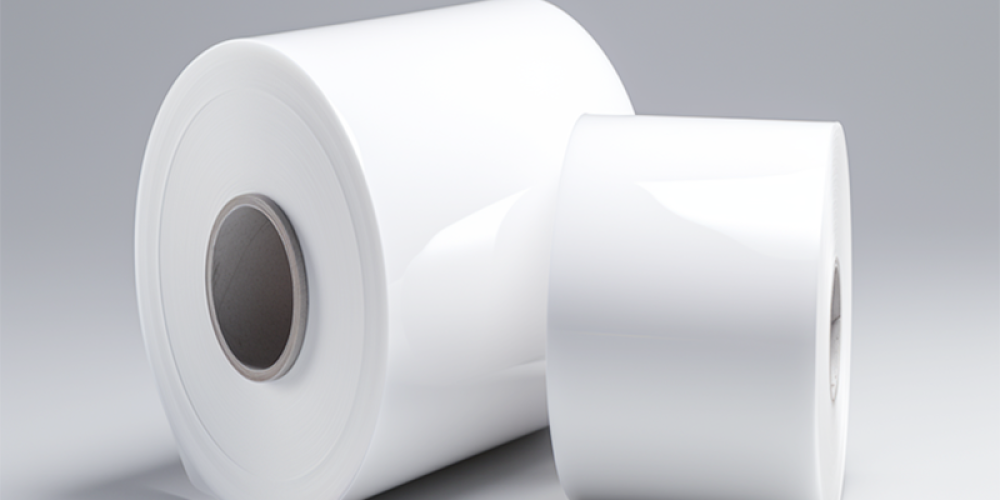
PFA Membrane Material: Advantages and Limitations
As a high-performance fluoroplastic film, PFA membrane material offers significant advantages but also has some limitations. Below is a detailed summary of its strengths and weaknesses:
Exceptional Chemical Stability
PFA membranes can resist corrosion from a wide range of chemicals, including strong acids, alkalis, and organic solvents, across extreme temperatures and pressures. Their high purity and chemical inertness ensure outstanding tolerance to nearly all industrial chemicals and solvents.
Superior Heat Resistance
PFA membranes operate effectively across a broad temperature range, with long-term usability ranging from -80°C to 260°C. They maintain stable physical and chemical properties even in high-temperature environments, making them ideal for extreme conditions.
Excellent Electrical Insulation
PFA membranes exhibit a low dielectric constant and exceptional non-conductive properties. Their electrical insulation remains unaffected by temperature, making them suitable for electrical and electronic applications.
Low Friction Coefficient and Non-Adhesive Properties
The smooth surface of PFA membranes results in minimal friction and resistance to adhesion. This feature makes them ideal for non-stick coatings, widely used in food processing and medical device industries.
High Flexibility
Compared to other fluoroplastic films (e.g., PTFE), PFA membranes excel in processability and flexibility. They can be easily thermoformed and welded, accommodating complex and precise structural designs.
Strong Barrier Properties
PFA membranes demonstrate superior resistance to gas and liquid permeation, critical for applications requiring high sealing performance.
PFA membrane materials are also used in: